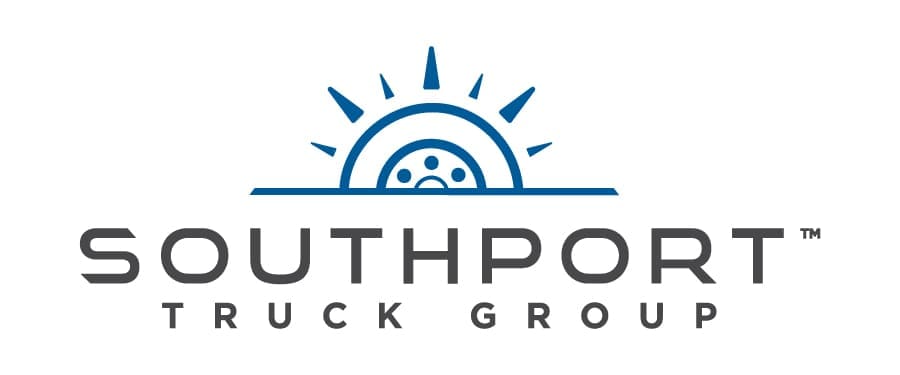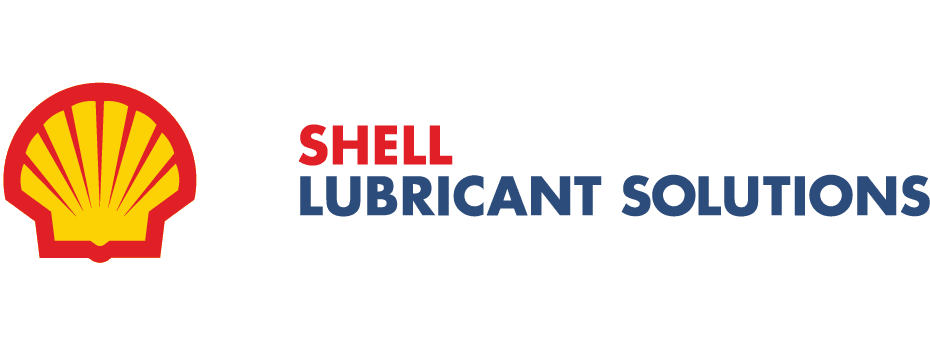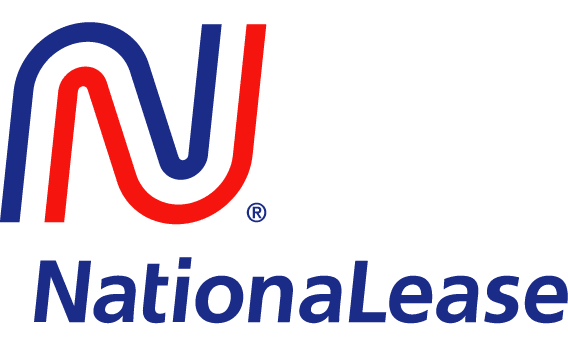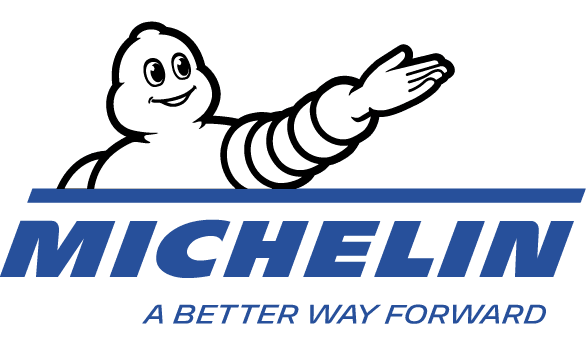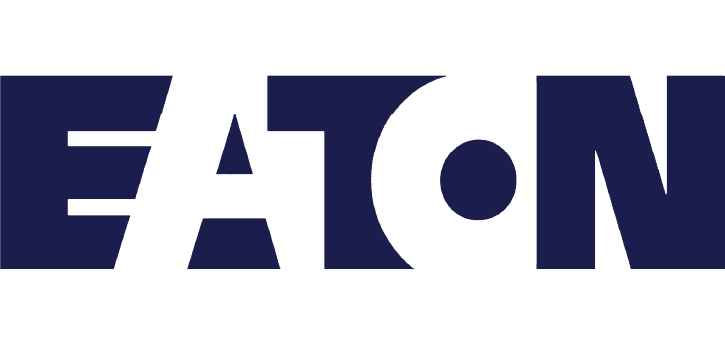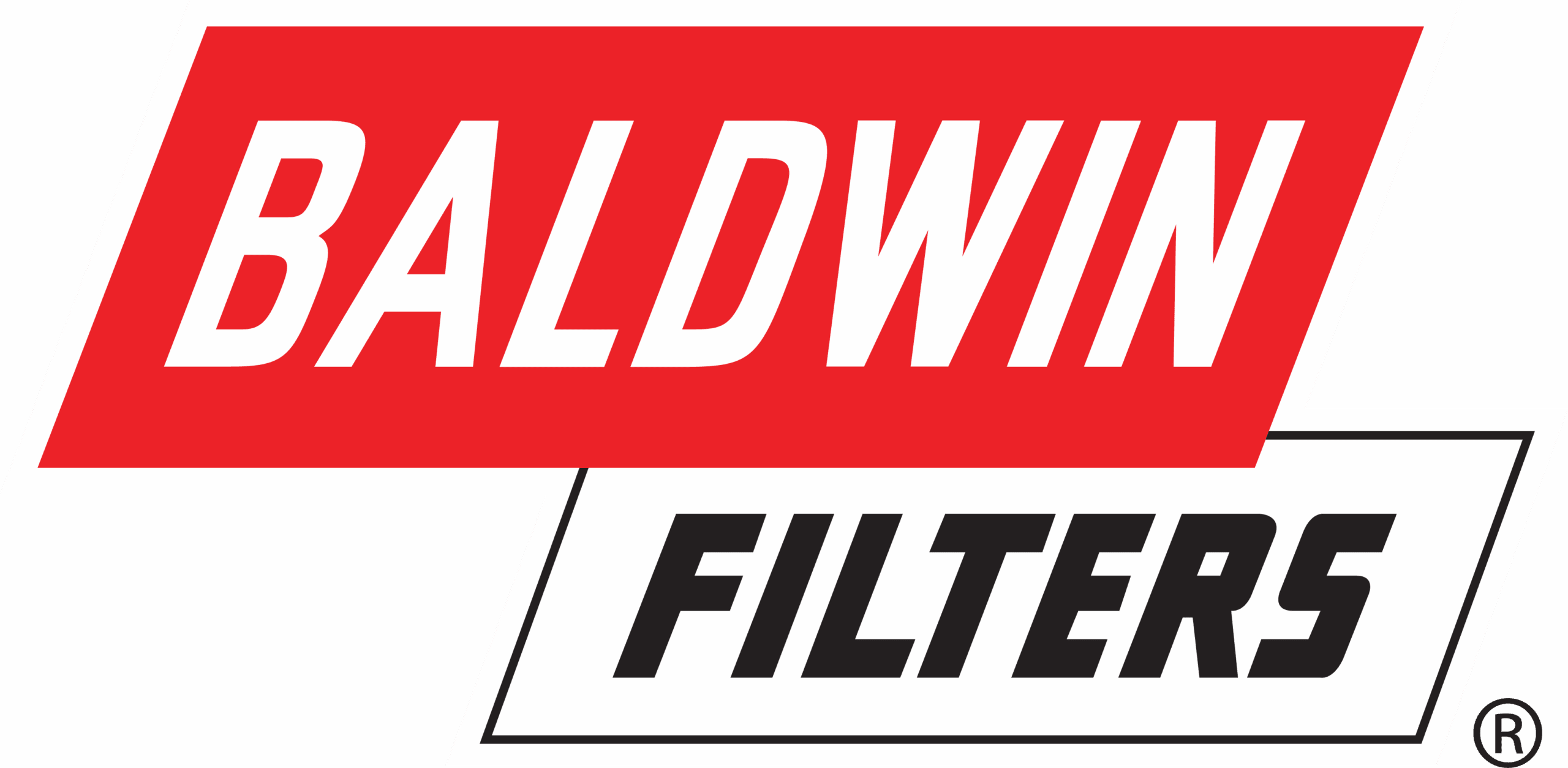Maximizing fleet efficiency in times of economic volatility
Home - Maximizing fleet efficiency in times of economic volatility
Patrick Gaskins

Fleet operators understand that, in ordinary times, the optimal way to build and maintain a successful fleet is to identify the optimal time to replace an existing asset with a new asset; to be able to assess the current assets’ Total Cost of Operation (TCO) consisting of both the fixed and variable expenses and compare that to the projected TCO of the new asset. Once all of the cost is identified the fleet operator can make data-driven keep or replace decisions.
But we’re not living in ordinary times. Fleet operators have been dealing with a freight recession: lower rates, overcapacity, and more. Now, they face even greater challenges as economic uncertainty shakes up businesses across all sectors. The volatility in global markets impacts everything from fuel prices to supply chain disruptions, making it tough to forecast and manage fleets effectively. Despite these challenges, the goal remains the same as always — maintain fleet readiness while navigating uncertain economic waters.
Understanding the impact of business volatility on fleet management
Global economic fluctuations directly influence fleet management decisions. Uncertainty surrounding future costs and the availability of new trucks complicates asset acquisition strategies. Fleet operators must face these uncertainties by optimizing areas within their control to mitigate risks and maintain operational continuity.
Extending asset lifecycles: Making the decision
Central to mitigating the impact of economic volatility is the strategic decision to extend asset lifecycles. Fleet operators often face the dilemma of whether to acquire new assets or prolong the use of existing ones. Understanding the concept of optimum asset lifecycles becomes crucial here, balancing the benefits of newer technologies against the financial implications of maintaining older assets.
The burden of maintaining older assets encompasses increased maintenance costs, lower fuel efficiency, and the risk of technological obsolescence. Despite these challenges, extending asset lifecycles can prove financially advantageous if managed effectively. Especially when it might be your only option.
Strategies for optimizing extended asset lifecycles
- Preventive and predictive maintenance – Proactive maintenance is key to prolonging asset life. Implementing robust preventive and predictive maintenance programs can significantly reduce downtime and repair expenses. For truck fleets, this means scheduled inspections, fluid analysis, and regular component replacements based on performance data. Adding predictive elements allows fleets to spot small issues before they become costly repairs. When assets stay road-ready longer, it reduces the strain on already tight replacement schedules.
- Analytics for better asset usage – Data analytics are crucial for optimizing asset utilization and cutting operational costs. By analyzing real-time data on vehicle performance, usage patterns, and maintenance history, fleet managers can make informed decisions on when to extend asset lifecycles and when to retire older vehicles. Our Corcentric Analytics for Fleet Efficiency (Cafe) suite uses ten performance monitoring tools to identify cost-saving opportunities and to pinpoint the lifecycle sweet spot for every asset in your fleet. With Cafe, Corcentric was able to help our customer, Stericycle, a leader in medical waste recycling, reduce fleet age by more than 5 years and save $6.8 million in parts sales
- Logistics optimization – Efficient logistics management plays a critical role in mitigating downtime and optimizing route planning. Identifying delay-prone areas such as distribution centers, construction zones, and traffic congestion points allows fleet managers to adjust routes dynamically. This proactive approach not only reduces fuel consumption but also enhances overall fleet productivity. Better routing also reduces unnecessary mileage, which in turn reduces asset wear. With older vehicles on the road longer, smarter logistics means fewer breakdowns and longer uptime.
Navigating reality
Since we don’t know when the markets and supply chain will stabilize, fleet operators have no choice but to deal with reality. Limited in their ability to purchase or lease as many new trucks as they would choose to, fleet operators must control maintenance practices, leverage data analytics, and optimize logistics. By extending asset lifecycles strategically, organizations can mitigate financial risks associated with fleet management while maintaining operational efficiency. Proactive adaptability in optimizing asset lifecycles is key to achieving long-term sustainability and meeting both operational and financial goals in an uncertain economic environment.
In the face of ongoing economic fluctuations, extending asset lifecycles isn’t just cost-effective; it’s a proactive measure against external disruptions. As businesses evolve, fleet management practices must evolve too, ready to meet the challenges of tomorrow’s economy.
At Corcentric, we have decades of experience in the industry, ready to help fleets maximize their performance through our fleet management solutions. Whether looking to extend your assets’ lifecycle through our Cafe suite, identify which assets are ready to be replaced and find the optimal and most flexible financing, or realize the best prices on parts and components through our Corcentric GPO, Corcentric is your one-stop shop for all your fleet needs. We’re ready to help.


